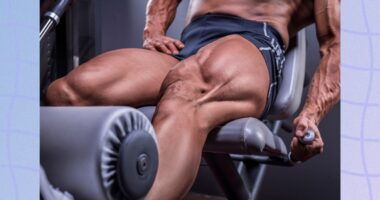
The research participants were drawn from two large multisite studies, called ARTFL and LEFFTDS (recently combined into a study known as ALLFTD), led by co-authors Adam Boxer, MD, PhD, and Howie Rosen, MD, also of the UCSF Memory and Aging Center.
MRI scans to measure the extent of brain degeneration caused by the disease, completed tests of thinking and memory, and reported on their current levels of cognitive and physical activity in their daily lives (e.g., reading, spending time with friends, jogging).
READ RELATED: Who is Clara Chia Marti? Meet Gerard Pique’s New Girlfriend, Age, Nationality, Biografia
At the same time, their family members completed regular gold-standard assessments of how well the study participants were functioning in their lives – managing finances, medications, bathing themselves, and so on.
All of these measures were repeated at annual follow-up visits to track the long-term progression of participants’ disease.
Source: Daily Express










